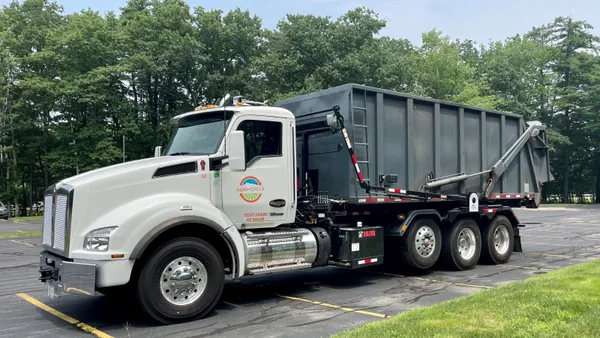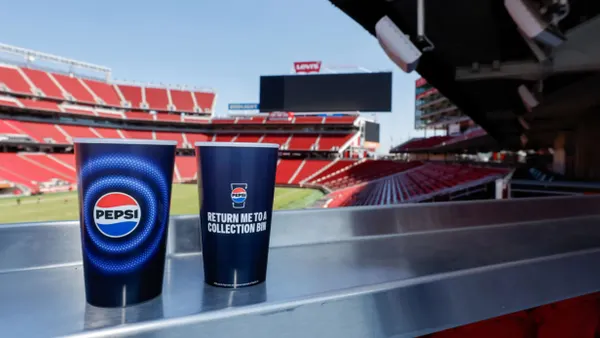Dive Brief:
- Silicon Valley-based Full Harvest has launched a tech platform to help farmers and food buyers make money on imperfect and surplus produce through a simplified selling and buying process, while preventing supply chain food waste. The company leverages the platform to collect and deliver ample supplies at low cost to food companies, who view farmers' offerings and order with "the touch of a few buttons," according to Full Harvest Founder and CEO Christine Moseley, as described in TechCrunch.
- Farmers log onto Full Harvest’s website to sell surplus produce and buyers view quantities in their chosen format. The platform also offers fast sales for very perishable produce.
- Full Harvest is currently focused on conventional and organic farms on the West Coast — particularly large farms which can provide ample supply. Among future company goals are to expand nationwide, to help buyers better predict input costs, and offer on-demand transportation.
Dive Insight:
Inefficiencies in the food chain result in waste and lost profits for farmers and buyers. Further, foods that don’t meet cosmetic standards rarely make it to the grocery stores, though there have been attempts to change this. Full Harvest attempts to address these issues while creating a market from surplus or imperfect produce for institutional food companies — a market that Moseley claims was not established, despite that the opportunity and benefits were there.
Describing the platform to TechCrunch, she said, "... In aggregate it allows enough supply to be available so that these food companies can make their weekly purchase orders — which has been one of the problems that hasn’t been solved. How do you allow these food companies, on a consistent basis, to order this lower cost surplus and imperfect produce?"
The model is intended to work quite well for farmers and buyers, addressing each of their unique needs so they can turn a profit; for instance helping farmers focus on harvest dates and buyers on delivery dates. Ultimately, farmers have less crop loss and buyers save in input costs.
"There’s a lot of user experience that we’ve done with the technology to make sure that it’s solving the sales process but catering to the user needs on each end. And doing it in a very fast, seamless process," said Moseley. A Denmark supermarket is tackling similar issues; the model which deals with food waste early in the supply chain has gotten off to a strong start.
Recently, ReFED created a "Roadmap to Reduce U.S. Food Waste," which detailed 27 ways to cut food waste nationwide. ReFED claimed that, if the nation works to reduce food waste by 13 million tons annually, it could generate $100 billion in economic value.









